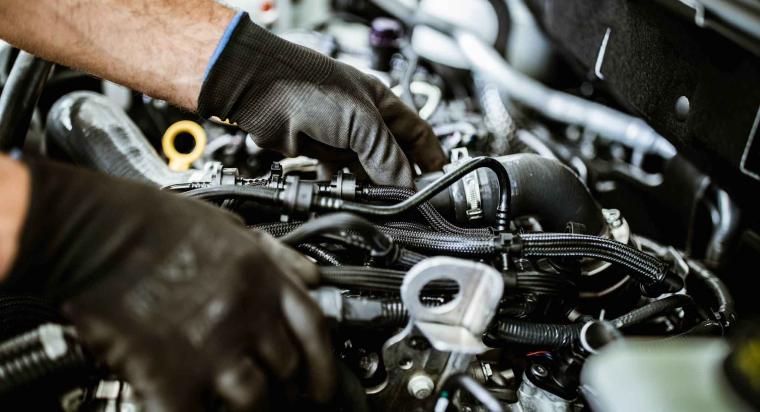
Greentech
Italy is fast moving towards a green energy transition driven by a clear government commitment on energy and climate, high availability of renewable energy sources, and a strategic geographical position.
The national strategy focuses on increasing the production and consumption of energy from RES (renewable energy sources), as well as of hydrogen, strengthening its supply chains of technologies and components, decarbonising hard-to-abate industries, and moving towards a more sustainable mobility.

3ʳᵈ producer of energy from RES in Europe
Italy is a leading country in the use and production of energy from renewable sources.
Having met the objectives set by the European Union for 2020, the focus is now on the challenging goals set for 2030.
Source: IRENA (2023).

2ⁿᵈ producer of RES technologies in Europe
- Highly specialised and competitive supply chainin terms of innovation and production of technologies and components
- 3% of world exports: 6th largest exporter of RES technologies and 4th in speed multipliers for energy generation
- A heritage of over 1,200 industrial patents on RES technologies (a fifth of the green patents filed worldwide between 2010 and 2016)
Source: Direzione Studi e Ricerche di Intesa Sanpaolo (2021).

2ⁿᵈ Biogas producer in Europe
Italy hosts one of the largest biomethane markets in Europe with 2,175 active biogas plants and a total production of 24 Terawatt-hour in 2022.
Italy will become one of the leading Bio-LNG producing countries: 6 Bio-LNG plants are active and 40 additional plants are expected to become operational by 2025.
Sources: Terna (2022); Eurostat (2022); European Biogas Association (2023).
Italy: The green hydrogen hub for Europe
Italy represents a very attractive market for the development of a green hydrogen value chain given its national targets of 5GW of electrolysis capacity by 2030 and a 20% hydrogen penetration into final energy demand by 2050. Italy has a strong presence in core and ancillary hydrogen technologies, and a nationwide gas transport network ready to transport hydrogen. Moreover, given its central location in the Mediterranean, Italy can easily connect the potential major exporters in Africa and the Middle East with European consumers.
A scheme of dedicated incentives alongside national distinctive technological capabilities can favour the development of a robust green hydrogen value chain:


Italy is looking forward to supporting companies willing to invest in a wide range of projects
The national structural green transition policies and commitment define a wide array of investment opportunities









